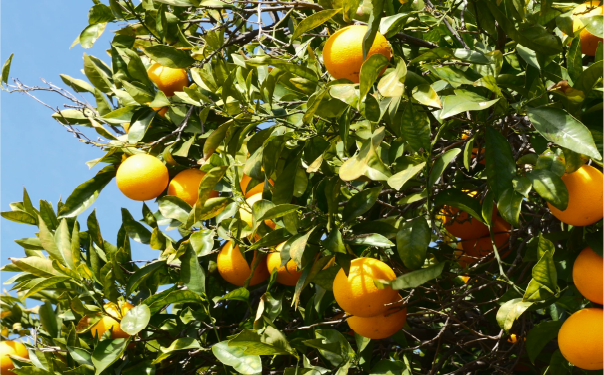Predictive models help guide more assertive decisions in crop protection. By using field data and environmental variables, these tools guide input use with greater precision avoiding excess and improving operational performance.
They are part of a broader shift toward more data-informed, efficient agriculture.
Data-driven decisions in crop protection
Predictive models process climate data, soil conditions and crop growth patterns to determine the exact moment and quantity of crop products needed. This reduces unnecessary applications, increases cost-efficiency and minimizes risks to the ecosystem.
Aligned with precision agriculture
Predictive technologies complement precision farming by providing real-time insights that guide input use according to specific field conditions. They support targeted actions that improve consistency, reduce waste, and promote better resource management across every plot.
Sustainability in practice
By using predictive models to minimize chemical use, agricultural operations reduce emissions, avoid water and soil contamination, and protect biodiversity. This supports environmental goals while meeting global market expectations for responsible sourcing.
Predictive models are a strategic shift toward smarter, more sustainable farming. By combining data, technology and environmental stewardship, they help build a future where productivity and responsibility grow side by side.









